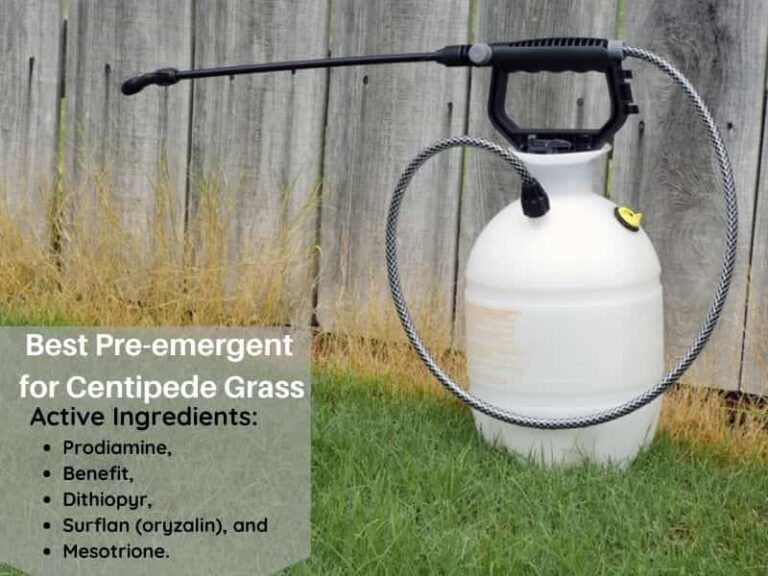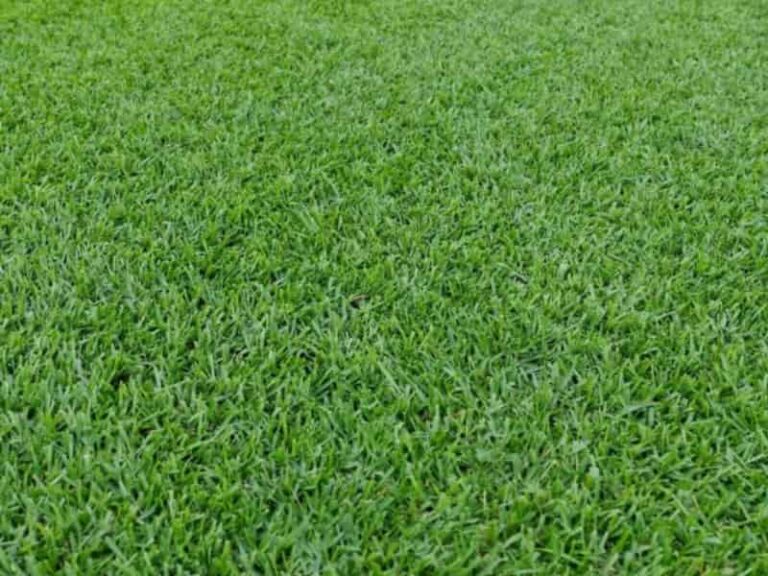How to Make Centipede Grass Spread
Centipede grass is one of the most preferred turfgrasses due to its low maintenance qualities. It can withstand drought and high heat and requires infrequent mowing. However, it has one of the slowest growth rates among grasses in its class. You need to implement some measures to help centipede grass spread faster.
Encouraging the fast spread of centipede grass involves;
- Watering your turfgrass during drought and stress
- Proper fertilization
- Maintaining the correct mowing height
- Controlling weeds and pests
- Dethatching and aerating your lawn
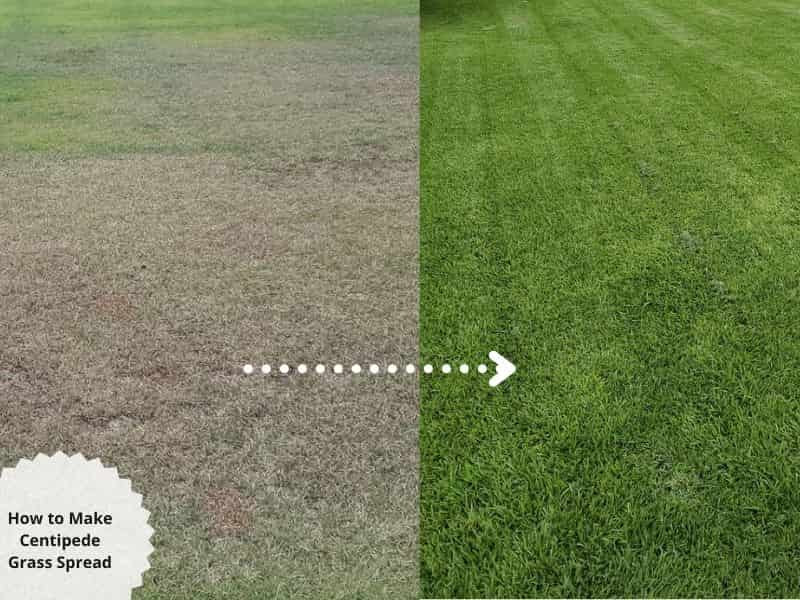
Does Centipede Grass Spread
Centipede grass spreads through stolons. These are above-ground stems with short internodes from which leaf blades and roots sprout. The blades spread and grow into a thicker lawn when exposed to sunlight.
Centipede grass is planted using seeds, sods, or plugs. Proper soil preparation should be done before planting. Ensure the soil pH is between 5.0 and 5.5. At the same time, prepare the seedbed for your centipede grass establishment. On the other hand, you may use Centipede grass runners to spread your grass, especially on bare patches.
Overseeding your lawn is an excellent way to fill bare patches that might take longer to spread. Overseed the lawn in spring or early summer, so the seeds have time to germinate before winter.
Centipede grass, when properly maintained, looks great and has fewer growth problems. Most people have problems with centipede grass when due to;
- Over-fertilizing
- Watering frequently and lightly
- Thatch buildup
- Compact soils
- Uncontrolled weed and disease infestation.
Most of those problems will not cause substantial damage if they’re rectified early. However, further negligence will likely lead to Centipede grass decline, where other grasses and weeds replace the grass.
Centipede grass may green during spring, then gradually lose color, wilt, and die. Applying proper cultural practices such as the ones outlined below prevents these problems and makes centipede grass thicker and fuller.
How to make centipede grass spread faster
Centipede grass requires less maintenance than other turf grasses to spread faster. To thrive, it prefers low fertilization, deep and less frequent watering, and low mowing height.
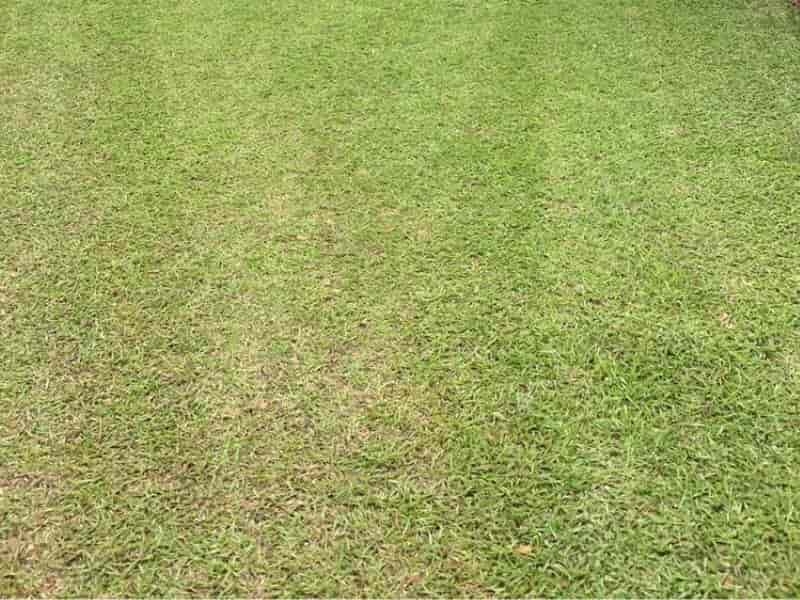
Here’s how to maintain your centipede grass for faster growth:
Maintain the right mowing height
You should mow your centipede grass for the first time when it reaches three inches high. This ensures optimum growth for the roots to establish themselves in the soil and for blades to grow.
Maintain the one-third rule where only a third of the grass height is cut. You should mow at a height of one to 1.5 inches. Mowing at a height below one inch and too frequently leads to thinning the grass. Mowing too high encourages thatch accumulation.
You should mow slightly higher during summer. Use a sharp, well-adjusted rotary mower. A mower that is not sharp will scalp rather than cut.
Watering during drought and stress
Centipede grass will require more frequent watering during drought to avoid wilting and discoloration. If the grass stays for extended periods without water, it will turn brown and brittle.
Shallow watering results in shallow roots, while deep watering encourages deep roots. Water your centipede grass deeply but less frequently.
Irrigate your turf grass at a depth of 4-6 inches below the soil. Sandy soils require more regular watering than clay soils.
Proper fertilization
Centipede grass thrives in sandy soils with limited nutrients. Like most turfgrasses, centipede grass requires nitrogen. Fertilize it twice yearly, once in spring and once in fall.
Conduct soil analysis before fertilizing your lawn to determine the soil’s nutrient levels. A soil test indicates the soil’s pH index, potassium index, and phosphorus index.
If the pH level is higher than 6.0, apply sulfur since centipede grass prefers acidic soils.
Use one pound of nitrogen-rich fertilizers per 1000 square feet for optimum results. Your fertilizer should contain a high amount of nitrogen and potassium and less phosphorus, such as 15-0-15 or 18-0-18.
Opt for a slow-release fertilizer to prevent over-fertilization.
Centipede grass does not require a lot of phosphorus. If applied in high amounts, phosphorus reduces the Iron in the soil, eventually leading to grass chlorosis.
Over-fertilizing can lead to brown patches, which signal Centipede grass decline.
Note: A yellow appearance may indicate Iron deficiency due to a difference in soil and air temperature, high phosphorus, or high pH. Add Iron to remedy the problem.
Dethatch and Aerate
Thatch is a combination of shed stems, roots, and other lawn debris that accumulates on the soil surface. A lawn that has thatch may look green but brown underneath feels soft and spongy.
Centipede grass stolons grow on that layer instead of the soil surface. This reduces water movement and eventually leads to chlorosis.
Thatch develops if you have over-fertilized, have not mowed correctly, and have not watered your lawn. Centipede grass will require dethatching when the thatch layer exceeds one inch.
You can use different tools such as a dethatcher or a vertical mower, depending on the level of thatch.
Aeration is another core step in aiding your grass to spread. Centipede grass doesn’t require much aerating like other grasses because of its shallow roots. However, you’ll need more aeration if the soil is compacted.
Aerating using a core aerator loosens the compacted soil and allows air, nutrients, and water to reach the grassroots. Aerate your lawn at least once a year. Frequent aeration many ruin the grassroots.
Proper weeds and diseases control
Common pests and diseases affecting centipede grass can inhibit its growth. There are chemical and cultural ways of dealing with these problems.
Insects such as mole crickets, grubs, ground pearls, spittlebugs, and nematodes are a common threat to your centipede lawn. Insects will reproduce and infest your lawn. Identify the insects before applying the appropriate insecticide.
Weeds such as crabgrass, goose grass, and sandspurs negatively affect the growth of centipede grass. Weeds tend to grow faster than centipede grass. Apply the appropriate herbicides by following the instructions on their labels. Pre-emergent herbicides perform better when applied before the weeds sprout.
Diseases appear on grass blades due to poor conditions, such as excessive irrigation or over-fertilization. The common diseases include Large Patch, Dollar Spot, and Fairy rings.
Consult your County’s local extension office for advice on the best herbicides and insecticides.
How soon does centipede grass fill in?
Centipede grass has the slowest growing speed of all warm-season grasses. It takes approximately three years for it to fully grow and spread.
Centipede grass can take between two and four weeks to root after planting. Water the sods or the plugs for the first three to four weeks until they reach about two inches tall. Till the ground before planting the seeds or the plugs. Get rid of all debris and level the area. Top-dress before planting with compost.
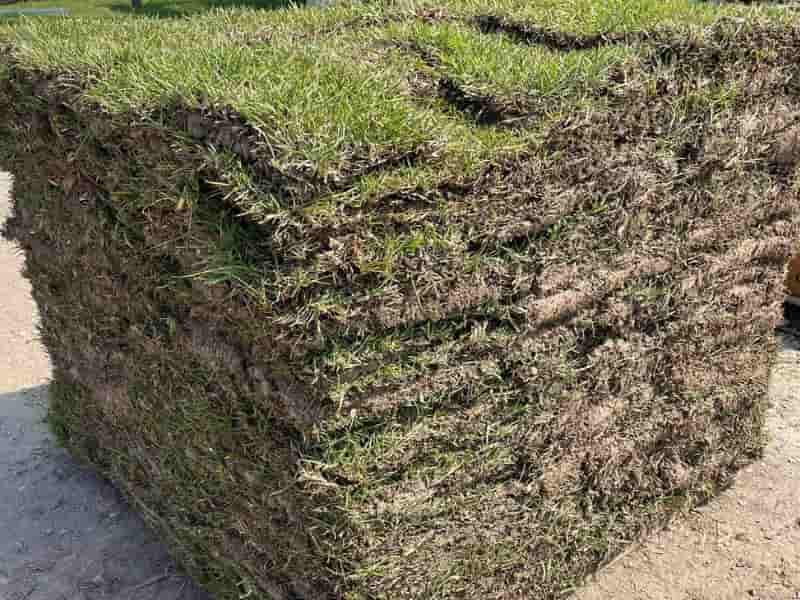
Do not mix a lot of trees with your grass. They will compete for nutrients, thinning the grass. Centipede grass requires at least six hours of sunlight. Continuous shade results in bare patches.
Avoid heavy foot traffic on your centipede grass lawn. Centipede grass is less durable than other grasses and recovers slowly from wear and tear. You should also avoid heavy riding mowers.
Use walkways and stepping stones to reduce traffic on your centipede grass lawn.
Note: Fixing a lawn that has been overly damaged may be an uphill task if you don’t have the necessary knowledge and skills. Some pests and diseases might not be eradicated with retailed insecticides. Hire a professional for weed identification and control measures.
References
- Clemson University: Centipede grass Yearly Maintenance Program.

